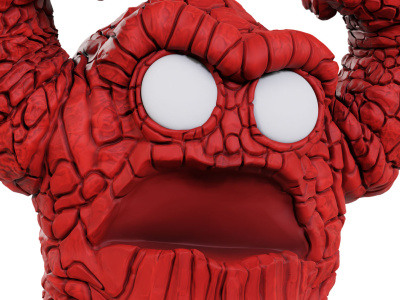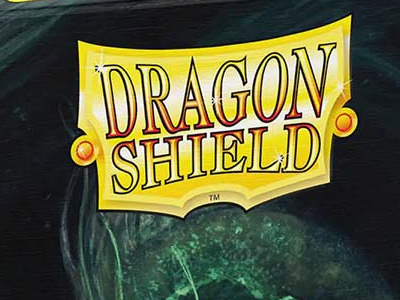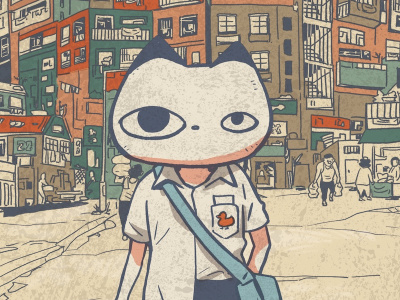
Recently ICv2 caught up with Nick Barrucci the CEO of Dynamite Entertainment. In Part 1 of the interview, Barrucci talked about the state of comic and graphic novel markets, the loss of Borders, the decline in graphic novel sales, how Dynamite handles digital, and his estimate of the digital market in 3 years. In Part 2 he talks about the glut of trade paperbacks, the use of variant covers to spur sales, how Dynamite deals with creators’ rights, and plans for the white-hot Game of Thrones adaptation. In Part 3 the discussion shifts to other new Dynamite projects including one with Internet phenom Amanda Hocking, the launch of The Spider, and how he plans to capitalize on Disney’s The Lone Ranger movie.
What’s your overview of the comics market now vs. a year ago?
Monthly periodicals are up for us. We’re very happy with that. Trade paperbacks, hard covers, graphic novels of all forms are down more than we would have expected. Overall it’s been a good year. Digital is on pace with periodicals, which makes us happy. Overall business is up.
Book format product is down more than you hoped. Is that comic store, book store channel or both?
Both.
Looking at the book store channel first there’s the loss of Borders…
Exactly, I was hoping there would be a little more of a pickup from Amazon, Barnes & Noble and Books-A-Million, but it didn’t happen. Not that it would have been a great pick up, but I hoped it would have been larger than it seems to have been.
If it’s happening in both book and comic stores, that would seem to indicate something happening at the consumer level that’s changing people’s tastes in regard to paperbacks. Do you think that’s happening?
No, I think it’s the same answer as the last time we did an interview: there are more and more trade paperbacks and hard covers coming out, so there’s less chance of getting as much attention as you’re used to, and reorders are down because of it.
As the number of trade paperbacks and graphic novels increases, the number of SKUs increases, the number of units sold per SKU is decreasing. There are very few exceptions to this. I remember looking at the Diamond chart from a month or two ago and the bestselling trade paperback that month was 7,000 units. It might even have been a Walking Dead trade paperback, and as much as two years ago the bestselling trade paperback sold 12-15,000 units.
You probably would have found a Marvel or a DC at the top of the chart a few years back, and their titles aren’t as strong and apparently that’s carrying down the chart, which is interesting. So you think it’s not that the market’s changing size, it’s the competition for the dollars?
Absolutely, it’s gotten "worse" since the last time we did the interview. To be candid, this market is in reverse. Fortunately Marvel and DC have trimmed down their lines so that periodicals are doing better. Even Marvel with Avengers vs. X-Men. They made a very smart decision, cutting down on the spin-offs and having one main title and one fun bombastic blowout title, and it allowed retailers and consumers to focus on it.
DC with its "New 52" has been firing on all cylinders, and what they’re doing with Before Watchmen is very, very focused. I’m excited and optimistic about the fact that they’re delivering one book per week, so at most you’re getting five Watchmen books a month during a five Wednesday month. This also reinforces what we are trying to do with our crossover, Prophecy. We think doing one focused seven issue series with no spin-offs is going to have better penetration than if we were to have a half a dozen spin-offs just to try to milk more money. And I do mean more money--because these days when there are too many spin-offs--that’s exactly what a publisher’s trying to do, they’re trying to milk more money.
What did you mean when you said that digital is tracking with periodicals?
Our increase in digital is on par with our increase in periodicals sales. It’s where we expect it to be.
So the relative size of the digital side isn’t changing for you?
It is changing slightly, but it’s too incremental for me to say it makes that much of a difference in this interview.
Can you talk about what Dynamite does to balance the concerns of the digital channel and print channel?
It’s a Catch 22--it’s a hard thing to do. I think it’s what we’re all balancing right now. There’s some validity to publishers who say we should have a better introductory price point to get new readers, but at the same time we’d be hurting the existing market. We’re staying the course by having all of our digital comics with day and date at the same MSRP as the physical comics and not changing it for at least 30 days.
We won’t release any trade paperbacks--as much as the trade paperback business has diminished--we still refuse to release trade paperbacks to digital until 30 days after the in-store date for comic book stores. We still have some great trade paperbacks that we release. The Boys is probably the one that stands out the most, where we want the direct market to have their 30-day window for selling it. Red Sonja still does very well for us; Jennifer Blood does very well for us. We have quite a few strong trade paperbacks and we’re just not releasing them to digital until 30 days later. We still want to give retailers that window of opportunity that they need.
We’re not going to do it with books like Robert Jordan’s Wheel of Time or the Dresden Files because the books by prose authors sell better as trade paperback than they do as periodicals. We have to make sure that we’re balancing the market as well as we can.
A year ago you said you thought it would take five to seven years for digital to be a significant percentage of the business. Do you still think that’s the timeline that we’re talking about (four to six years from now)?
I think it’ll be more like three years. I think I was off a year.
Three years from now, what share do you think digital will be of the business?
I think it’ll be 15% of our business.
And where do you think print sales will be--up or down?
I think they’ll be up.
Why do you think that?
Because the market’s correcting itself. The major publishers, Marvel and DC, are putting out fewer titles. We’re putting out less product; we’re putting out fewer spin-offs. We can get the consumer to get more excited about fewer titles and that’s what’s strengthening the market. I think the market is going today in the same direction the market went from 1998 when Marvel was coming out of its bankruptcy to the year 2001 when Bill Jemas proved that the market could be reinvigorated with the Ultimate line and bringing in new talent. We’re heading in that direction and that’s why I think print sales are going to be up.
Click here for Part 2.
Click here for Part 2.







